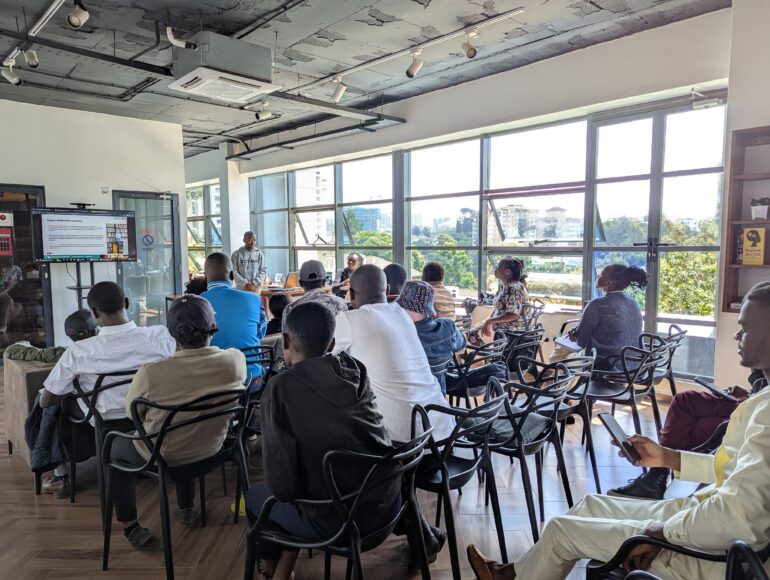Content moderation is the systematic effort by digital platforms to review, filter, label, or remove user-generated content that violates their community standards or local laws. It is the necessary practice of drawing a line between free speech and harmful content.
Content moderation policies work by establishing rules for acceptable online speech and implementing various measures to enforce them. The most effective interventions target content that has the highest potential for real-world harm, such as false claims related to elections, public health, or violence.
One key mechanism is demotion or labeling. Attaching a fact-checker’s warning label or contextualizing a post has been empirically shown to be effective, reducing users’ belief in false information and lowering the likelihood that they will share it. This approach respects the right to speak while limiting the reach of falsehoods.
The most direct action is removal of demonstrably false and high-consequence content, alongside account suspension or DE platforming of repeat offenders. Studies suggest that the successful mitigation of harm is heavily dependent on the speed of these actions relative to how quickly the content goes viral. For highly viral content, moderation must be near-instantaneous to stem the spread. Platforms utilize a blend of AI-powered algorithms for mass-scale detection and trained human moderators for nuanced, contextual decisions, often with human review providing oversight to algorithmic flags.
For instance in Kenya, content moderation has been used for peacebuilding and electoral integrity. Past general elections (2017, 2022) tragically demonstrated that social media can be weaponized to accelerate ethnic divisions, erode trust in democratic institutions, and incite real-world violence.
Studies have shown that a staggering 90% of Kenyans were exposed to false news during a major election period, with social media being the primary vector.
The stakes are uniquely high because the tools designed to police this content, which is mostly global, English-centric algorithms often fail to grasp local linguistic and cultural nuances in Kiswahili, Sheng, and regional dialects. This failure creates a lethal gap for harmful speech. Context-specific hate speech often slips through, while legitimate political commentary is sometimes erroneously flagged.
Challenges and Limitations
Despite these efforts, content moderation is perpetually running a difficult race. The sheer volume and velocity of user-generated content billions of posts daily overwhelm even the most robust systems. This vast scale means that a significant amount of violative content will inevitably slip through the cracks.
Another critical limitation is the difficulty of applying policy consistently across a global user base and across languages and cultures. Algorithms struggle acutely with nuance, failing to distinguish between genuine misinformation, irony, satire, or complex political speech. This leads to the undesirable outcomes such as removal of legitimate speech and missing harmful content.
Furthermore, actors engaged in disinformation are highly adaptive. They quickly evolve their tactics to evade detection, often by couching false claims as opinions, employing coded language, or utilizing new formats like video and audio to bypass text-based filtering.
Also, the rise of Generative AI poses an increasing threat by making it easy to create convincing deepfakes and synthetic content, blurring the line between authentic and fabricated information.
The biggest challenge however is that, once their is strict moderation guidelines on platforms , misinformation actors simply migrates to less-moderated spaces, potentially becoming more extreme and harder to track.
What is the solution?
Ultimately, content moderation is a necessary defense mechanism, but it is not a cure. It provides the time and space for more foundational solutions to take hold. A truly effective long-term strategy requires a shift in focus to user resilience and systemic accountability:
- Media Literacy: Proactive investment in critical thinking and digital literacy education empowers individuals to question, verify, and responsibly engage with information. This is arguably the most sustainable way to reduce the demand for misinformation.
- Systemic Accountability: New regulations, such as the European Union’s Digital Services Act (DSA), aim to push platforms toward greater transparency about their algorithms and moderation practices, forcing them to address the design choices that may inadvertently amplify harmful content.
- Decentralized Fact-Checking: This entails Broadening the ecosystem of credible, non-partisan fact-checkers and integrating them transparently into the online information flow helps provide users with authoritative context at the point of consumption.
Content moderation if done well, does mitigate misinformation, acting as a crucial first line of defense against the most immediate harms. However, it must be viewed as one lever within a broader, multi-stakeholder strategy that includes user education and regulatory frameworks to address the root causes and systemic drivers of false information.
